MRR From Royalties Is The Ace Up My FIRE Sleeve
The more I develop my graphic design business the more I’m convinced that earning money from royalties is a magic trick.
If you’re not familiar with how my business works, I simply create digital graphic designs and upload them to various websites that sell them on t-shirts, coffee mugs, hats, pillows, or any number of other products.
I’m basically licensing my artwork, although I have no licensing agreement with the sites I sell on.
Every time someone chooses an item with my design, I get a royalty payment. Sure, I could make more per sale if I had the hats or t-shirts made and printed myself and sold them on my own site.
But if I did that I’d have to hold inventory, buy boxes and packing tape to ship out merchandise to customers, and deal with returns and exchanges. And oh yeah I’d have to run a website and most importantly get traffic to it, the latter being a very difficult thing to do.
All that stuff would take time, and time is money. I’d probably make less per hour if I did that.
No thanks, I’ll pass.
MRR
What is MRR?
Monthly recurring revenue (MRR) is income that a business can count on receiving every single month – in other words, predictable revenue. It represents the value of all your customer relationships, normalized to a month.
MRR is most often collected by companies that have contracts or subscription services with their clients. Your cell service provider collects MRR from you, as does the gym that you pay a monthly membership to but likely don’t go to often, haha. Netflix has MRR from it’s more than 220 million subscribers.
So to be fully clear, I do not technically have monthly recurring revenue by it’s strict definition as I do not have any subscribers. No one subscribes to any of my products and agrees to buy them every month.
In fact customers could just stop buying products with my designs for a month, leaving me with little to no royalties. That happened briefly in March-April of 2020 when COVID hit full force and customers weren’t sure if the economy was going to collapse. I made very few sales for a month or two, but they came back quickly.
But after 6 years of doing sales on print-on-demand sites, I’ve found my monthly royalties to be quite consistent. Sure they do vary a bit and do often follow consumer confidence measures, but in general my royalties behave very similar to subscription income, or MRR.
I’m able to predict my monthly revenue to within 10 – 15% most months based on previous years sales and what’s going on in the stock market and geo-politically.
Way Better Than Freelancing
I realize everyone has their own preferences for the kind of business they want to run. Many folks choose the freelance route to start a lifestyle business. They might write articles for blogs or other publications or do freelance graphic design. I think my royalty based model is much better, for me at least.
If you decide to FIRE and focus on being a freelance writer, you’ll probably gain increased autonomy over your time and have the joy of being your own boss. But if you spend 8 hours working on an article and get paid for it, that’s it. It’s a one-time payment and you traded your time for money.
Unless you have a special arrangement with the client you won’t get paid every time someone reads that article. Some of your articles might get 500 pageviews and some might get 500,000. But you’ll be paid the same amount for each article and only once, at your going rate.
Royalties on the other hand are magic because they keep paying you for your work every time it is purchased. With royalties more popular works make more money, as they should.
Another huge advantage to my royalty based business over a freelance business is that I don’t have any deadlines. When a freelance writer takes on a job, they likely have a deadline. That’s stress I don’t want in my life. I had enough of that in my 25+ year career at my main job.
I create designs when I want to, and don’t when I don’t want to.
One exception to this is when I do custom logos for businesses or blogs. I sometimes have a deadline for those, and if I don’t I strive to be prompt and responsive anyway. But custom logos are a very small part of my business revenue.
Inflating My MRR
Inflation in America topped 9% recently. How does this affect my royalty based business?
My royalties increase with inflation since the price of hats, pillows, and t-shirts does too. To use one site as an example, a design that netted me a $3.50 royalty when it was sold on a shirt in 2017 now pays me $4.05 per sale. And I’ll get more for it in the future.
Some of the sites I sell on allow me to adjust the price of the goods with my design on them. For instance I can raise t-shirt prices with my designs on them from $18.99 to $20.99 any time I like. When I do that I increase the royalty I receive for every sale.
But of course the higher price carries the risk of getting fewer sales, and the market is competitive. To be honest it’s fun to experiment with product pricing and observe the results. I’ve learned a lot about consumer behavior and those skills undoubtedly can transfer to other businesses in the future.
Evergreen Assets
Even though I don’t technically have MRR for my business by the strict definition, I have evergreen assets that produce steady income. And the income is not tied to how many hours I work. I could stop working on my designs for good and it would keep coming in.
Just as a musical artist can create one song or album and keep collecting income from it for years and decades in the future..
It’s magic, like compound interest. And it’s the ace up my FIRE sleeve.







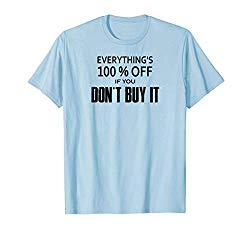
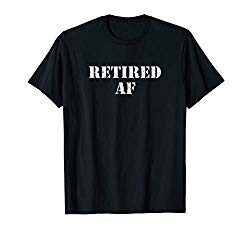
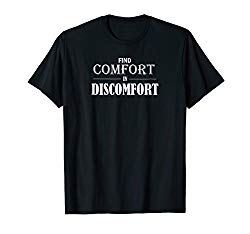
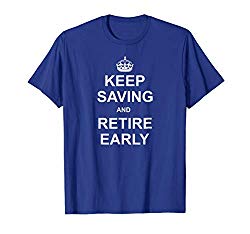
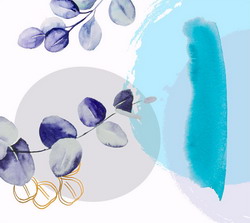
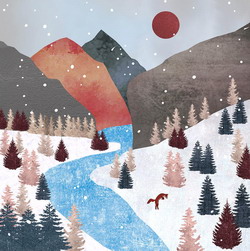

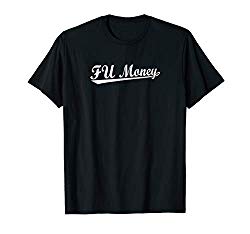
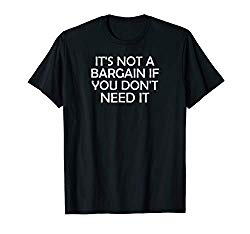


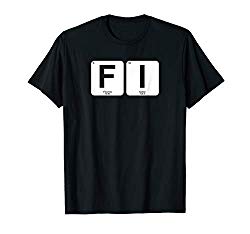

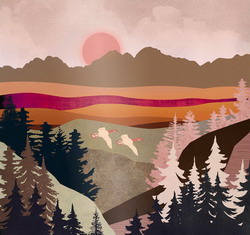
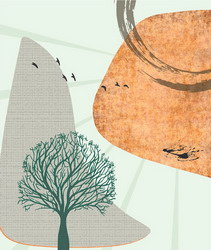
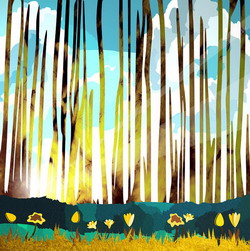
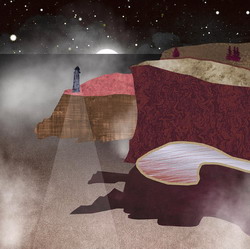
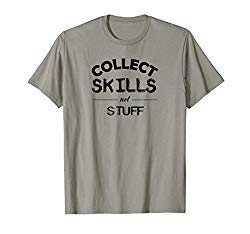
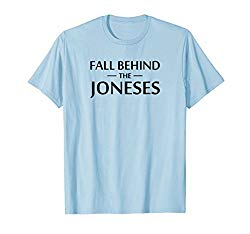


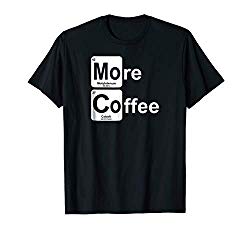
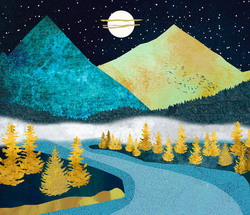
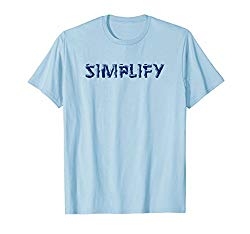

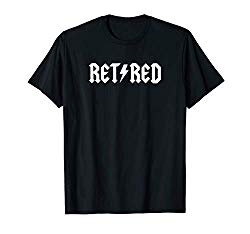
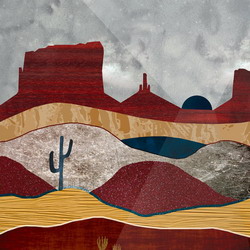
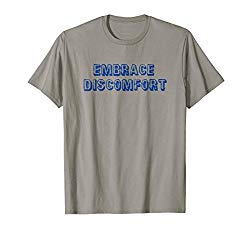










Thanks for the post! I completely agree with all of this, and I love using Zazzle to make designs (that no one buys). I do it for fun but would love to be able to sell. I just don’t have any graphic design skills whatsoever. May I ask — do you have a background in design/art? If not, how did you learn to do this and what program do you use to design? I recently noticed that Canva pro allows for you to use their little clip art (whatever the modern version of that word is) to create products and then sell them. I even emailed them to confirm. I’ve been trying this out with a little bit better results on the designs (still no one buys), but still . . .
I do not have a background in graphic design directly but I do have one in cartography. And since traditional cartography is part art (it’s in the word for a reason :), I had a bit of schooling on color theory and typeface design back in college, but that training was geared toward cartography. I mostly use Photoshop to design, with a good bit of Affinity Designer and Inkscape. The latter is free and open source and I highly recommend it. I hear great things about Canva but with Photoshop I really don’t need it. I sell on 10 or 11 different sites and Zazzle is the one I started with a long time ago. Keep at it, when you start getting some sales your designs will start doing better in search and then it builds on itself!
Really interesting about cartography. Thanks so much for these tips and resources. I have to laugh — I just made my first sale on Zazzle in eight months! Sold a photograph from a vacation. Someone actually bought it on a poster! Woo hoo. So this post was lucky for me. The sale inspired me to create a new design. Thanks so much for the encouragement!
Woo-hoo – congrats Suzanne! I did a graphic a while ago about the difference in how you feel when yo make money on your own vs a job income, maybe this is how you feel about that. Keep at it!
Thank you! Yes — such a difference. Even when it’s $1.02! 🙂
i keep meaning to get started on uploading some off color designs and phrases just to give this a try. you’re a role model of success, flatlander.
Duuude, you should totally do it. With your unique humor you’d probably kill it. And most sites will let you get pretty off-color but they increasingly have “no-go” rules that are predictably getting ridiculous as are the trends in society in general. If you ever need help or advice hit me up!
I love your graphic-design business.
Have you ever thought about producing a tutorial to help others get started at this? (Or maybe you already have one?) I ask because, believe it or not, I’ve had the itch to get started with something artistic over the past few years. I have zero background in art. I’ve never taken a single art class. But I’ve always loved it, and I’ve read about it, and I’ve appreciate it. (Well, I guess I have dabbled in amateur photography and even sold one photo to Audubon magazine, but photography is a different kind of thing.)
So, the idea of learning art and at the same time creating a side hustle where I can have an outlet to make money off my art appeals to me. Plus, this would give me a chance to create some of the things that I want but cannot find. There’s an “Everything Everywhere All at Once” quote that I want on a shirt, but none of the shirts I’ve found do a good job of capturing it. Or, maybe a better example, do you know how hard it is to find good Taylor Swift shirts for men? (Not kidding!)
Selfishly, I think you should create a series of articles (and/or videos) on how to do this sort of thing, and use me as your student. 😉
Also, *4081* unique designs at Redbubble? Wow.
I don’t have any tutorials and it’s something I vaguely thought about but not sure if I wanna dip into. There’s a few distinct skillsets to learn to what I’m doing in print-on-demand. First is the “how to make good designs” aspect which is basically like training to do art, and can get very complex (and subjective as it’s in the eye of the beholder). There’s also the “how to pick a niche” issue, meaning what kind of stuff do you want to sell. The vast majority of people want to chase trendy things and pop-culture stuff and I do not do that. That whole arena is here today/gone tomorrow and I have no desire to follow pop culture. Plus when they chase that stuff they constantly run into copyright issues and make illegal designs based on celebrities, super heroes, or movies. I do designs based on outdoor adventure sports and the places we do them (national parks etc) because I’m passionate about it. Lastly there’s the “how-to” skills of uploading the designs on the various POD platforms. That market is saturated with tons of courses and videos and I’m not sure what I could add there.
As for Taylor Swift shirts for men, I do not know any, haha. And you would not be able to create any yourself as you’d be violating copyright if you use her name, image, or even a song lyric. You could perhaps get away with an obscure reference to her if it didn’t use one of those things, but you’d still be on shaky ground.
Lastly as for the 4081 designs, I do have that many total but they are not all “unique”. I probably have about 1000 or so unique designs and many are “series” such as one design for all 50 national parks etc.
All that said, you’re a FI bud and someone who has helped me tremendously, so I’d be glad to help you in any way, even one on one. Hit me up, you know how to get hold of me, I’d be glad to discuss.
Brilliant idea, the idea has crossed my mind a few times. There are so many times where the perfect tshirt exists in my head any do where else. Congrats Dave (I would also read a tutorial),
I find myself coming up with great ideas on runs and bike rides, when you’re moving your body all the great chemical interactions happening in your brain trigger wise thoughts, or at least they seem so 🙂
Hey Dave – Love this unique little niche side hustle you’ve got going here! You could set up a shop front on Fiverr.com..? Course, that’s freelancing, and I bet they take an unhealthy cut.
What tools do you prefer for creating your designs?
Cheers,
C
Being on Fiverr would be for logo design or hire which is totally different than the print-on-demand royalties that I wrote about here. While I do custom logos it’s a very small part of my business and I charge way more than most on Fiverr. I’m not against sites like that per se, but they do fuel a race to the bottom on price/quality and yes the site itself then gets part of the money. I mostly use Photoshop, with some Inkscape and Affinity Designer.
This is so amazing. Such a great idea and business model. Stoked that it continues from strength to strength!
Thanks dude!
Totally agree that freelance writing is far from passive! I tried it earlier this year, and although it’s good to know I can make an income from some kind of remote work, it’s not a side hustle that is stress free.
I’ve never done it but I also have no desire to do it. I do enjoy writing in general or I wouldn’t be getting near year 5 for this blog, but if I had to write about things I didn’t care too much about and had a deadline on top of it, that would be a strong no-go.